Top 11 Japanese Board Games You Should Not Miss
If you are a fan of the manga Hikaru or Conan, you must be familiar with Go or Shogi – two of the most popular Japanese board games. Have you ever wondered how to master these games? Besides Go and Shogi, what else can you play with your friends to kill time? Hopefully, you can find everything you need in today’s blog.
Now, let’s scroll down and discover top 15 Japanese board games!
15 Japanese Board Games You Should Not Miss
About Japanese board games
Compared to many countries around the world, the popularity of board games in Japan is surely not too immense. But the hobby is becoming more and more widespread every year. One of the largest board games markets in Japan is the Osaka Game, 30% growing in size in 2019. Moreover, board games have even hit mainstream media in Japan with the release of a serie manga called After School Dice Club in 2013 and many anime in 2019.
Mostly board games are designed for kids, however, kids are not the only ones playing board games in Japan. There are more and more board game cafes popping up run by both locals and foreigners where many enthusiasts gather. Of course, kids do play board games there, but if you ever find yourself in one of these cafes you will see plenty of young adults and couples also playing. Board games that are imported to Japan have a rather large price tag attached to them, normally varying from $20 – $50. Some limited versions may even cost you $200.
When it comes to how to play japanese board games, there are some language barriers that you may encounter. The board games that do happen to be translated from Japanese to English can be a bit confusing and the rules often get lost in translation. Japanese language has quite a few nuances that can affect the translation such as speech patterns, gender, age, even some occupations influence how Japanese is written. All of these factors can really distort the game’s rules especially if game publishers do not test their game for the audience that they intend to sell to.
Top 15 Japanese board games
1. Go (Igo)
Go (or Igo), originated in China, is believed to be the most ancient board game in the world with its history dating back to more than 2500 years ago.
The standard square board has a 19×19 grid of lines with 361 intersections. However, beginners can use a smaller board with the dimension of 9×9 or 13×13. The playing pieces are called “stones” with 2 different colors: black and white. One player uses white stones while the other plays with black ones. To win this game, you need to capture as many stones of your opponent as possible.
Below are some rules to follow:
- The player with black stones takes the first move.
- 2 players will take a turn to place stones on the intersections. Once placed on the board, these stones are not allowed to move.
- Basically, when a chain of stones is surrounded by the stones of the opponent, it will lose its “liberties”. Then, these stones are captured and removed from the board.
Check out the link below for more information:
2. Shogi
Shogi equipment comprises a rectangular board and 2 sets of 20 pieces with names written in Japanese Kanji on their surfaces. Let’s take a look at how to place the pieces on the board in the picture below:
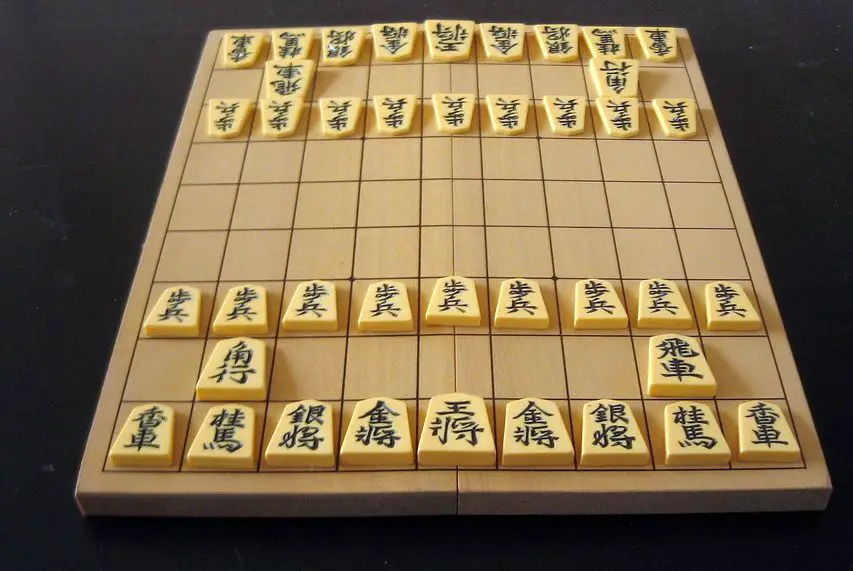
Shogi is quite similar to Western chess. Whoever checkmates the other’s king will be the winner
Shogi is quite similar to Western chess. Whoever checkmates the other’s king will be the winner. However its rule is more complicated.
- Each piece has a different move.
- A piece can be captured and removed from the board if it encounters an opposing piece with the same direction.
- If a piece moves into the opponent’s 3-row zone , it will be promoted.
- Another technique is “drop”. It means that you can skip a move and return the opponent’s piece which you have already captured on any empty square.
Click on the link below to have better understanding of Shogi.
3. Sudoku
Sudoku is one of the most popular Japanese number games. It has different versions but the standard type is a square board which is divided into 9 boxes. Each box contains 9 small cells. In total, there are 81 cells. Normally, only 10 numbers are filled in in advance. The player must fill all missing numbers from 1 to 9 into those 81 boxes by following these 2 simple rules:
- Firstly, the number in each cell cannot be duplicated in 9 small boxes of 3×3 scale.
- Secondly, the number that you fill in must be unique in both horizontal and vertical rows.
Here are some tips to solve Sudoku for beginners:
4. Karuta
Karuta is a Japanese card game for two players. There are 3 main types of Karuta which are Uta Garuta, Iroha Garuta and Hanafuda. However, Uta Garuta seems to be the most popular one and become well known in many countries thanks to the manga “Chihayafuru”. To play this game, you must remember 100 poems. These poems are taken from the “Ogura Hyakunin Isshu” and written on a set of 100 cards (called Yomifuda). Another set of 100 cards (called Torifuda) will have 2 last lines corresponding to the poem from the Yomifuda set. A third person will read the poems in the Yomif Uda set and 2 players must try to grab the Torifuda card as fast as possible. Whoever has the highest number of cards will be the winner.
5. Gomoku
Gomoku is an abstract strategy game for two players. It is also called Five in a row. Traditionally, Gomoku is played with black and white stones on a Go board, using only 15×15 grid intersections. However, nowadays, paper-pencil games are more popular. People can mark X and O in replacement of black and white stones.
Besides many variations around the world, the Swap2 rule (based on “swap” from Renju) is currently adapted in tournaments among professional players, including Gomoku World Championships.
In official rules called Swap2, the first player places 2 black stones and 1 white stone on the board (if black goes first). After that, the other player will have three options as below:
- Play with black stones
- Play with white stones and place one more stone on the board to continue the game
- Put two white stones on the board and let the first player choose the color
The main objective of Gomoku is as simple as its name. You must try to create a row of 5 or more stones in any direction to win.
6. E-Sugoroko
E-Sugoroku is a classic Japanese board game that has become a tradition for children to play on New Year’s Day. It is quite similar to the snake and ladders game. To play this game, players will take turns to toss the dice and move their pieces around the map. The corresponding number of moves is based on the number on the dice. The first player to reach the center of the board will be the winner.
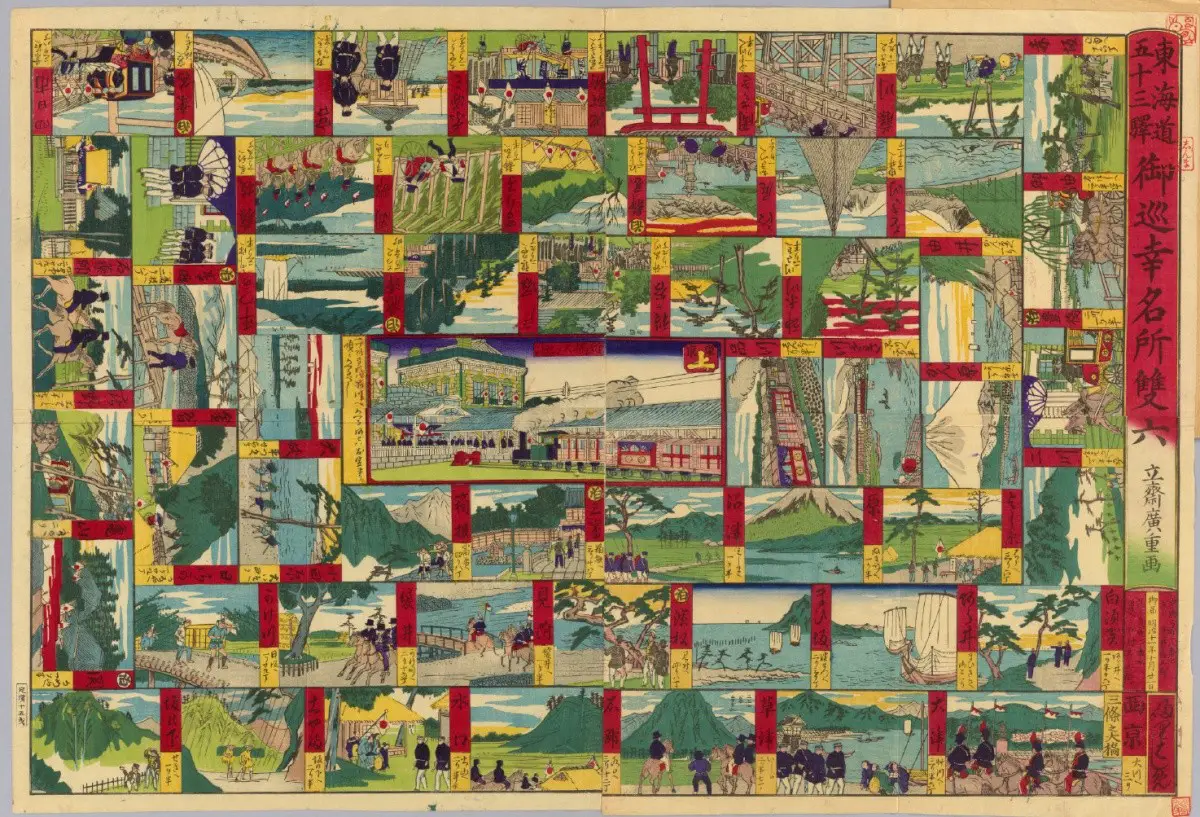
E-Sugoroku is quite similar to the snake and ladders game
READ MORE:
7. Jinsei Game
Having adopted The Game of Life in North America, Japan has come up with its own version called Jinsei Game, which means “Human Life Game” . It is a Japanese board game specifically designed for children. The player starts the game as an infant and has to go through various stages of life like entering elementary school, junior high school, and high school before going to university or starting his career.
For more details, please click on the link below:
8. Mahjong
When it comes to Japanese board games, we can not forget to mention Mahjong. It is usually played by four people with 136 tiles. There are 34 different types of tile, each has 4 tiles . To start the game, the tiles are arranged into four walls randomly and each of which contains two stacks high and 17 tiles wide. Players must try to get all 14 of their tiles matched into sets.
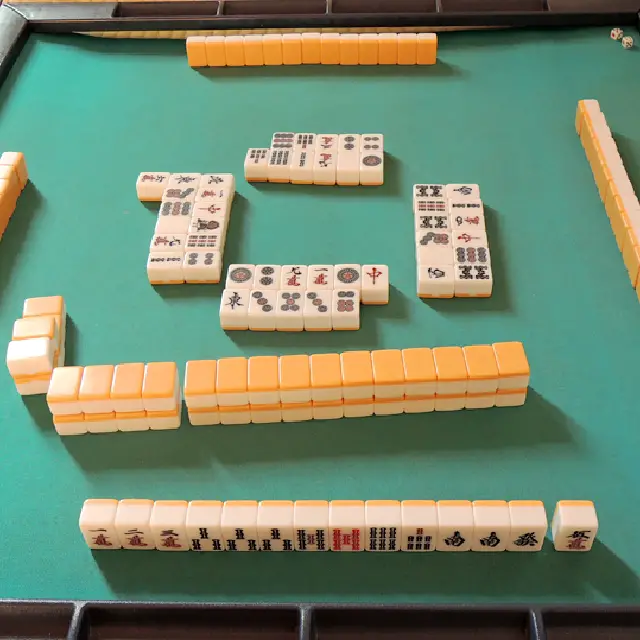
Though its rules are very complicated and difficult to pick up, Mahjong is still very attractive
The scoring system of Mahjong uses different structural criteria to define the winner. Though its rules are very complicated and difficult to pick up, Mahjong is still more attractive to people than other gambling games because it requires many techniques and strategies to win.
If you are having curiosity of this game, check the link below for more information:
9. Machikoro
Machi Koro – “Dice Town”, is a popular modern Japanese board game designed for 2 to 4 players. The mission is to be the first player to finish building a city with four major landmarks. Below are some basic rules to follow:
- Players roll one or two dice to earn money. The amount of income generated will be based on the numbers on the dices. After that, players can pick the cards corresponding to the amount of money they collected.
- Players can also earn the money from other players by rolling the card’s activation number ranging from 6- 12.
To know more about the cards using in this game, please click on the link below:
10. Renju
Renju is the variant of Gomoku, playing by moving black and white stones on a Go board. Though the ultimate objective of both games is to get an unbroken chain of 5 stones in any direction, the rules of Renju are considered stricter than that of Gomoku.
Black always goes first so there is restriction to weaken the advantages of the first player. Below is three forbidden moves that Black needs to avoid:
- Double three or double four: Black can not create two separate lines with three or four black stones in unbroken rows.
- Overline: To win this game, Black only has 1 option, which is to build an unbroken chain of exact 5 stones vertically, horizontally or diagonally. Six or more is forbidden.
Meanwhile, White can win by getting five or more white stones in a row or forcing Black to make a forbidden move.
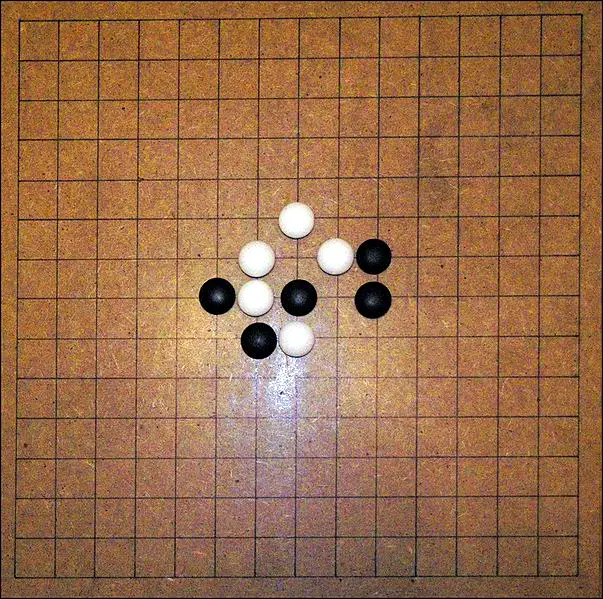
Renju is the variant of Gomoku, playing by moving black and white stones on a Go board
11. Daifugo
Daifugo is one of the most popular Japanese card games. Normally, three to five players play with a standard 52-card pack. Sometimes, people can also use 54 cards including 52 normal cards and 2 Joker cards.
The strength of the cards : 3 <4 <… <J <Q <K <A <2 <Jocker
The Joker is the strongest card. It is a special card that can replace all cards.
The player has to use stronger cards than those of the previous player. The winner of the game is the fastest person to get rid of all the cards and will have advantages in the next round. Each game wins 2 points, whoever wins the previous 6 points wins.
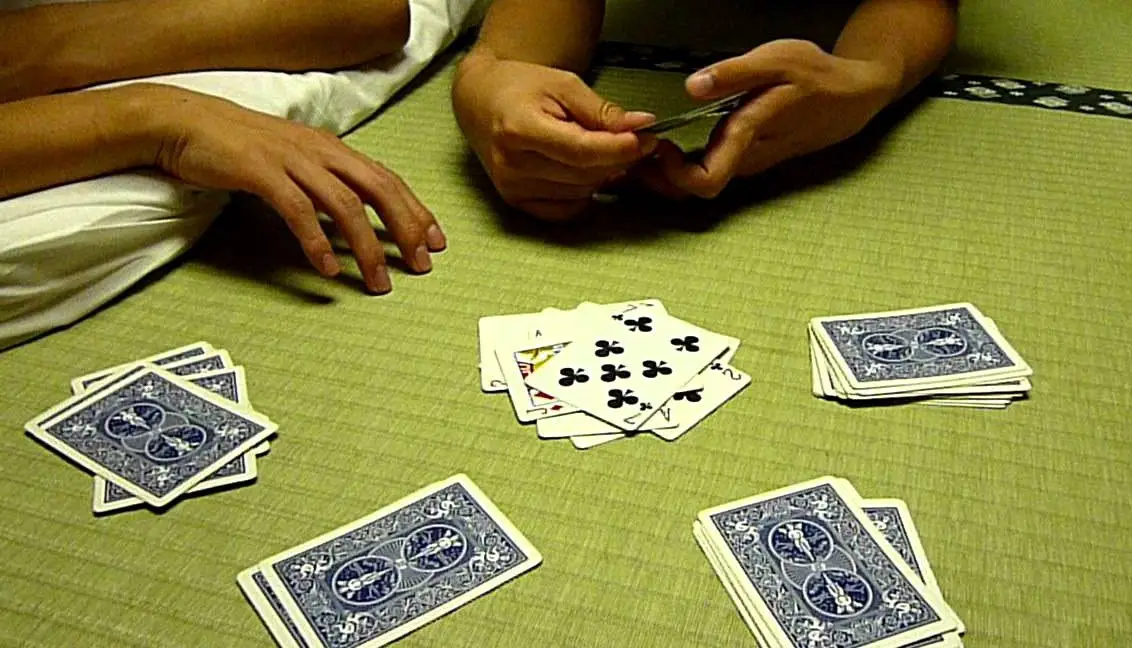
The winner of the game is the fastest person to get rid of all the cards
12. Tokaido
On the face of it Tokaido is about a leisurely stroll , taking in the fifty-three “stations” of the famous Tokaido Road from Edo (modern day Tokyo) to Kyoto. Along the way travellers can paint majestic panoramas, stuff their faces at taverns, visit hot springs. The problem is there’s only so much room at each of the stations, which leads to about the most enjoyable passive-aggressive gameplay you’re likely to experience in a game.
It’s a point-to-point race game without the race. There’s no dice rolling for movement — you can go as fast as you like, and the player in last place always goes first. However, travel too quickly and you’ll miss out on the fun (and thus the points). Go too slowly and all the good stuff might be gone before you get there.
Tokaido is a visual feast that’s best played at the same leisurely pace as its protagonists, preferably with some accompanying sushi titbits and lashings of sake. It’s not for everyone, but probably like the pilgrimage of the Tokaido Road itself, it’s worth experiencing at least once.
13. Takenoko
With its cute minis, gorgeous hex tiles and colourful stacking bamboo segments, takenoko is a stunner on the table. Whilst Takenoko can support up to four players, it’s also an incredibly enjoyable strategic endeavour to two.
There’s both dice and card randomness here, but victory and defeat will hinge more on the actions you take each turn (of which there are five possibilities) and, surprisingly, how well you can read the actions of your opponents: the hex-based playing area is communal, along with the gardener and panda that inhabit it, so it’s important to surmise your opponents’ strategies to not only thwart them, but to get them to do your work for you!
14. Age of war
This simple dice-roller had made appearances in several of my articles, for its conveniently pocketable size and its use as a gateway game. The premise is simple: choose one of the available fortress cards, roll your dice and try to match one of the rows of symbols. You either match all the rows and win the fortress card or lose all your dice and end your turn.
For more information, please check the link below:
15. Hanamikoji
Strangely the only title on this list with a Japanese designer, Hanamikoji (named after the street in Kyoto’s most famous geisha district) is a beautiful card game for two, where the players vie for the favour of seven geisha masters. This favour is achieved by acquiring items crucial to performances such as music, dance, the tea ceremony etc.
Hanamikoji can sometimes feel more like a competitive logic puzzle – the strategy lives on many levels, but the compact box dimensions and stunning artwork should see it make reasonably regular trips to the table, particularly if your convergent thinking needs a workout!
FAQs
- Are board games popular in Japan?
Sure, board games are not as popular in Japan as many places around the world. But the hobby is becoming more popular recently, mirroring the board game boom in other places in the world in the past decade. - Which is the hardest board game?
Despite its simple rule, Go is considered the most complicated Japanese board game when the possible number of moves are even greater than the quantity of atoms in the universe.
Besides, Shogi or Japanese Chess is reputedly the hardest of all chess variants. - What is the oldest game?
Go is generally considered the world’s oldest board game, having been invented in China likely in the second millennium B.C. It arrived in Japan in the seventh century, and was even mentioned in Murasaki Shikibu’s The Tale of Genji, written in the early 11th century.
The popularity of Go grew throughout other East Asian countries, especially Japan (which is where the name Go comes from), where the most significant advances in the game’s play were made during the 1670s.
Conclusion
Hopefully, this blog can help you gain insight into Japanese board games. If you are looking for something to do on a rainy day, do not hesitate to discover some fascinating games mentioned above!

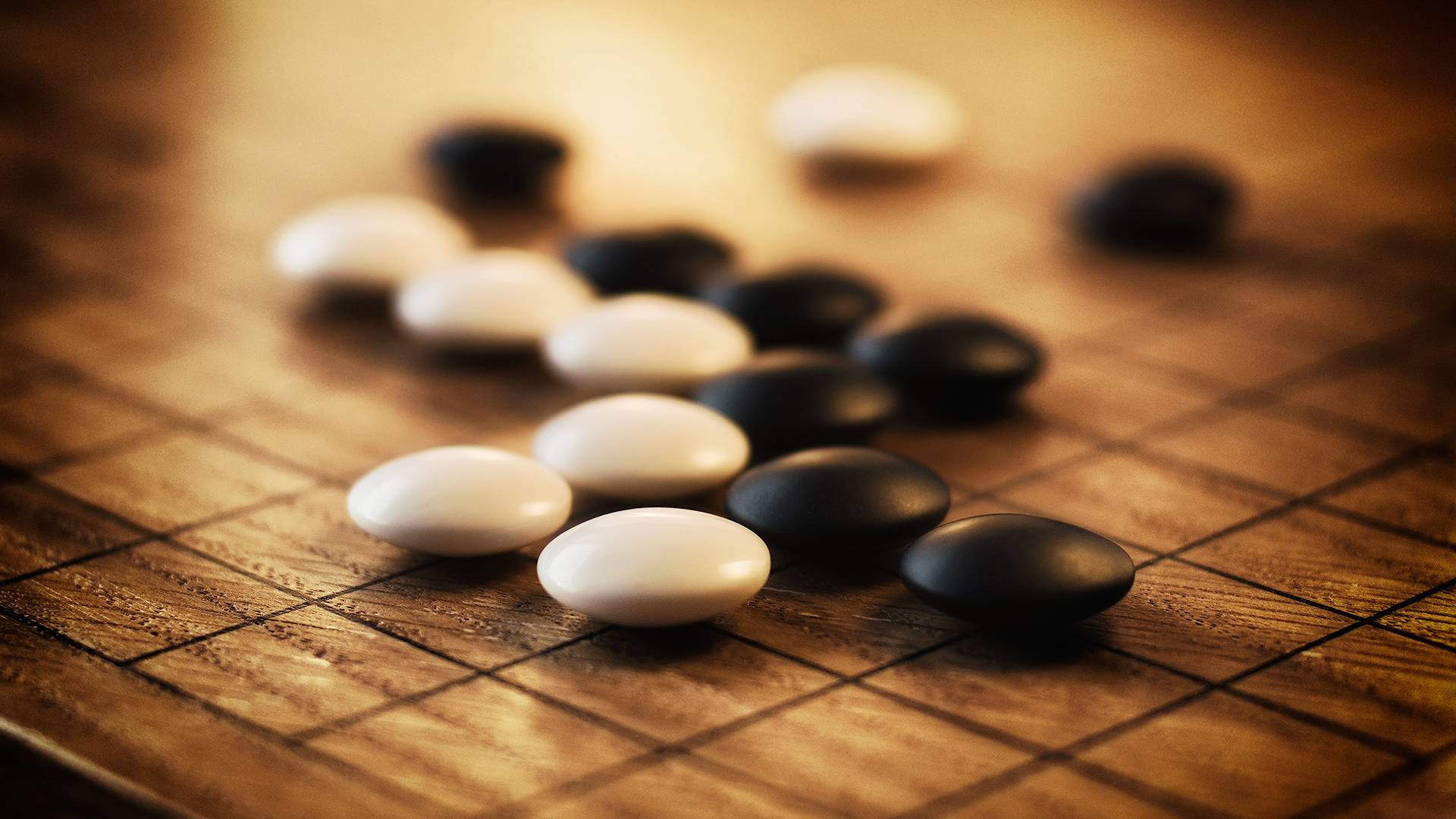
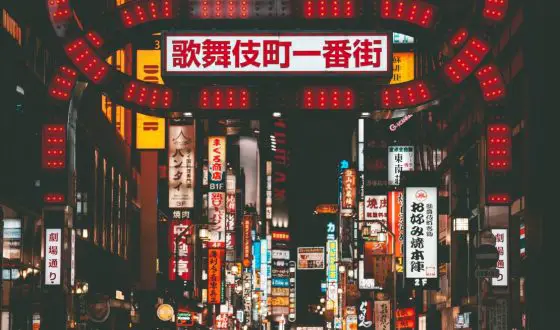
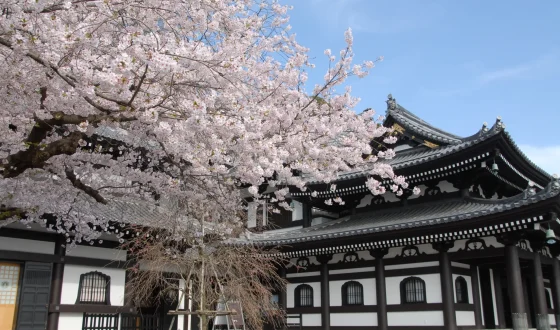






Hey there great blog! Does running a blog such as this take a lot of work?
I’ve very little understanding of coding but I had been hoping to start my
own blog in the near future. Anyhow, should you have any ideas
or techniques for new blog owners please share.
I know this is off topic nevertheless I simply had to ask.
Thank you!
An impressive share! I’ve just forwarded this onto a co-worker who was doing a little homework on this.
And he in fact bought me breakfast due to the fact that I found it for him…
lol. So allow me to reword this…. Thanks for
the meal!! But yeah, thanx for spending some time to
talk about this matter here on your web page.
Hi there! I could have sworn I’ve visited this web site before but after looking at some of the posts I realized it’s new
to me. Nonetheless, I’m definitely happy I found it and I’ll be bookmarking it and checking back frequently!
Camiseta Francia
Thanks for your marvelous posting! I quite enjoyed reading it, you happen to be a great author.
I will be sure to bookmark your blog and will eventually
come back down the road. I want to encourage yourself to continue your great writing, have a nice day!
Maillot Monaco